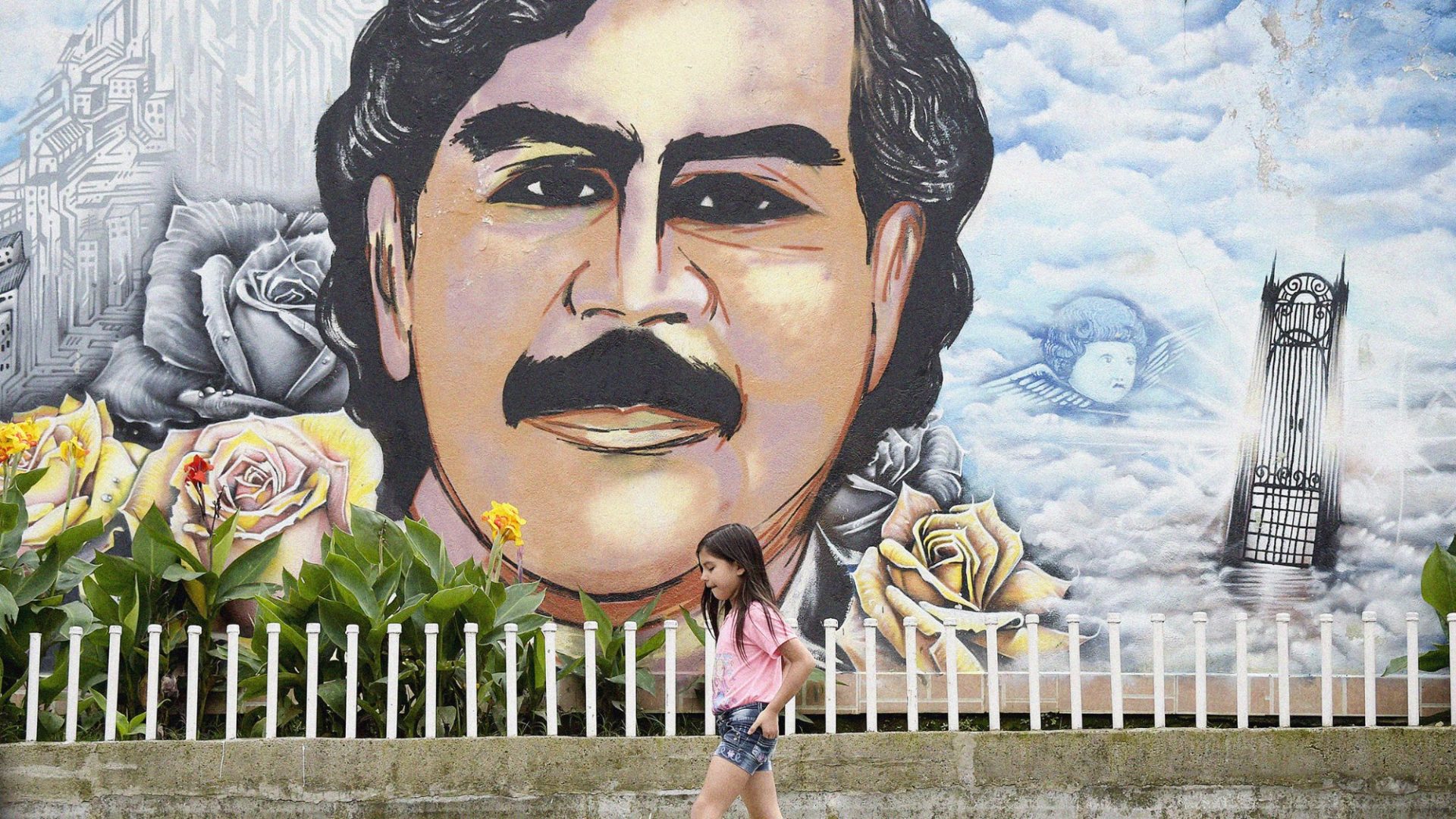Once plagued by violence, Medellín’s Comuna 13 has been transformed into a vibrant community symbolising resilience, culture and peace
Not for the first time in my life, I’m doing something that seemingly defies common sense. It’s 8.45pm, and I’m ascending the steep, meandering hills of Comuna 13 in Medellín, Colombia. My calves pulsate.
Lights from closely stacked mountain homes twinkle and eyes follow me on the winding street, as I pass the howling dogs, growling motorbikes, smoking teens and playing kids.
It’s the only shantytown-like neighbourhood in Latin America – if not the world – where I’d do this solo after dark. Most of Rio’s favelas or Buenos Aires’s villas miserias (“misery towns”) are no-go zones.
Comuna 13, though, is now Medellín’s most visited tourist attraction. Shops sell T-shirts emblazoned with Pablo Escobar’s face – a reminder of who once ruled these streets.
His inescapable image still divides. It’s curious that people purchase merchandise glorifying someone responsible for over 4,000 murders, from journalists to presidential candidates. Others say Escobar, who was once among the world’s richest men, built hospitals and schools for Medellín’s poorest (albeit to curry favour).
That merch may soon vanish. This year, congress proposed a bill banning items of Escobar-related memorabilia that “insult victims.” Comuna 13 vendors pushed back, fearing for their livelihoods. The sign outside a local night spot reflects the city’s resolve to shed its violent narco reputation: it’s called “The Beyond EscoBar”. In the comuna’s signature vibrant palette, each letter is a different colour.
Today, replacing bullets, the bangs come from beats. Reggaeton and rap by Medellín’s newer icons – Karol G and Maluma – play as I rock up, echoing the city’s newfound cultural confidence.
I reach the iconic orange-roofed 384m-long escalators, completed in 2011 – a series of sections connect hillside residents with the city below. A 35-minute hike now takes six. As I step on to section two, a man with bloodshot eyes and a portable beatbox on his shoulder asks: “Do you like the rap?”.
I nod nervously. “Where you from?” “Londres,” I say, and he starts rhyming, incorporating my answer into his lyrics. I’m impressed. For five escalators, he stands on the steadily ascending step below me, freestyling about everything from aguardiente (aniseed liquor) to a final, poignant line: “Medellín isn’t all about Escobar, it’s all about art.” I tip him – he’s one of the comuna’s “rappers for peace”.
Some kids see my wallet. “You will buy me soda!” one says, but it’s the only time I’m asked for money in what’s otherwise an uneventful climb.
Three days ago I joined a daytime guided tour with Juan, who took us to his aunt’s restaurant for crunchy plantain snacks. He taught us how residents reclaimed their barrio bajo, their “low-down neighbourhood”, from violence through art and optimism. Displacement, kidnappings and murder have, largely, been replaced by street dance, music, graffiti art and sculpture. Former battlegrounds are now dancefloors.
The tour bursts to life with a dance troupe of breakdancers on a basketball court. The tumble turns, one-arm handstands and head-spins are amazing. The crowd, many fellow British or American digital nomads, tip generously.
Then we see the murals: covering every surface from tunnels to rooftops. Much is political. One depicts Operation Orion, when in October 2002 the government stormed the comuna, killing suspected cartel members and civilians alike. “The escalators were an apology,” Juan says. Together with a sprawling cable car network, they make Comuna 13 the world’s most accessible hillside slum. “We’re not a slum any more,” Juan says. “We’re a global attraction.”
We’re each handed two signature Comuna 13 items. First, a mango icepop dipped in salt and herbs, to refresh us. Second, a spraycan full of paint. I, unoriginally, write “Gazz” on a communal graffiti wall.
It’s Juan who convinced me it was safe to return solo at night – unthinkable three decades ago when Medellín was the world’s most dangerous city. As I summit the meandering narrow street, smells of cooked meat and petrol juxtapose with the freshness of the air.
There’s nowhere on earth like Medellín. Puffed, I gaze across the valley at the opposite slopes of the city at the trees, homes, lights and fresh hope. This transformed comuna now whispers to the world: come – witness our resurrection.
Gary Nunn is a freelance journalist
